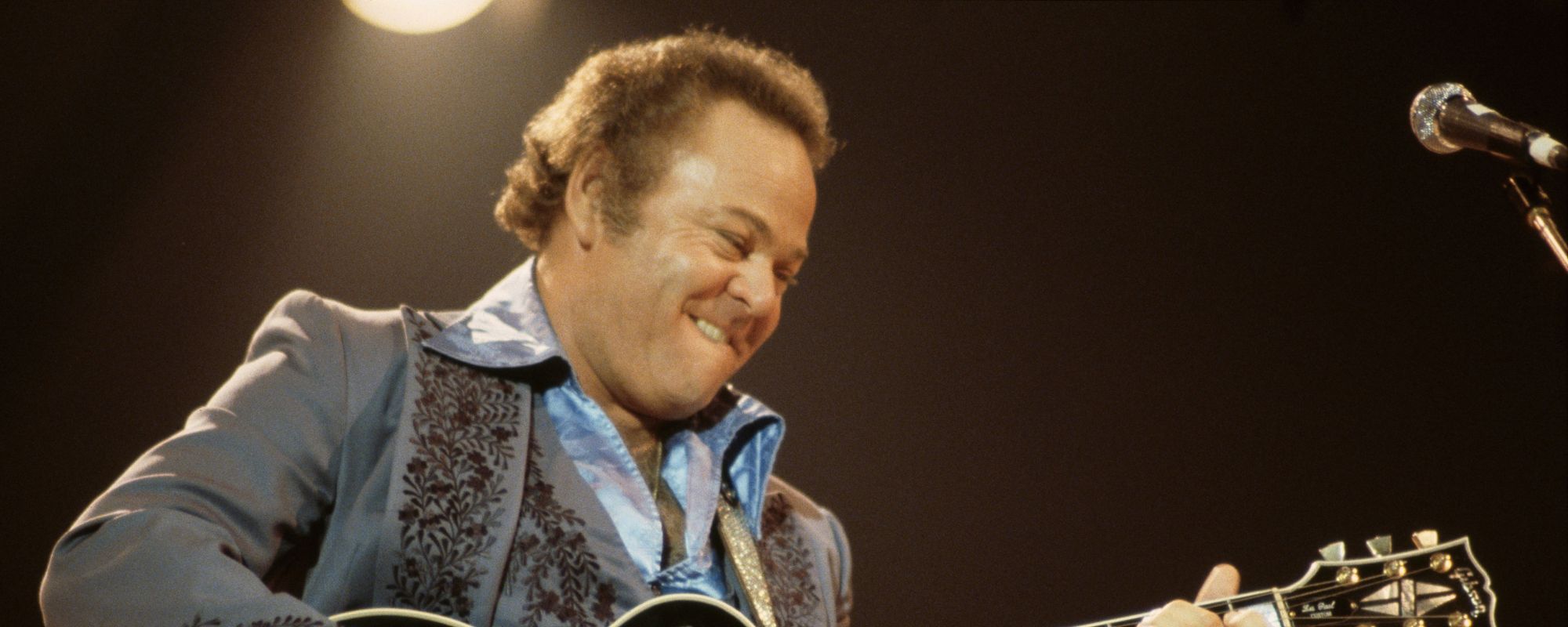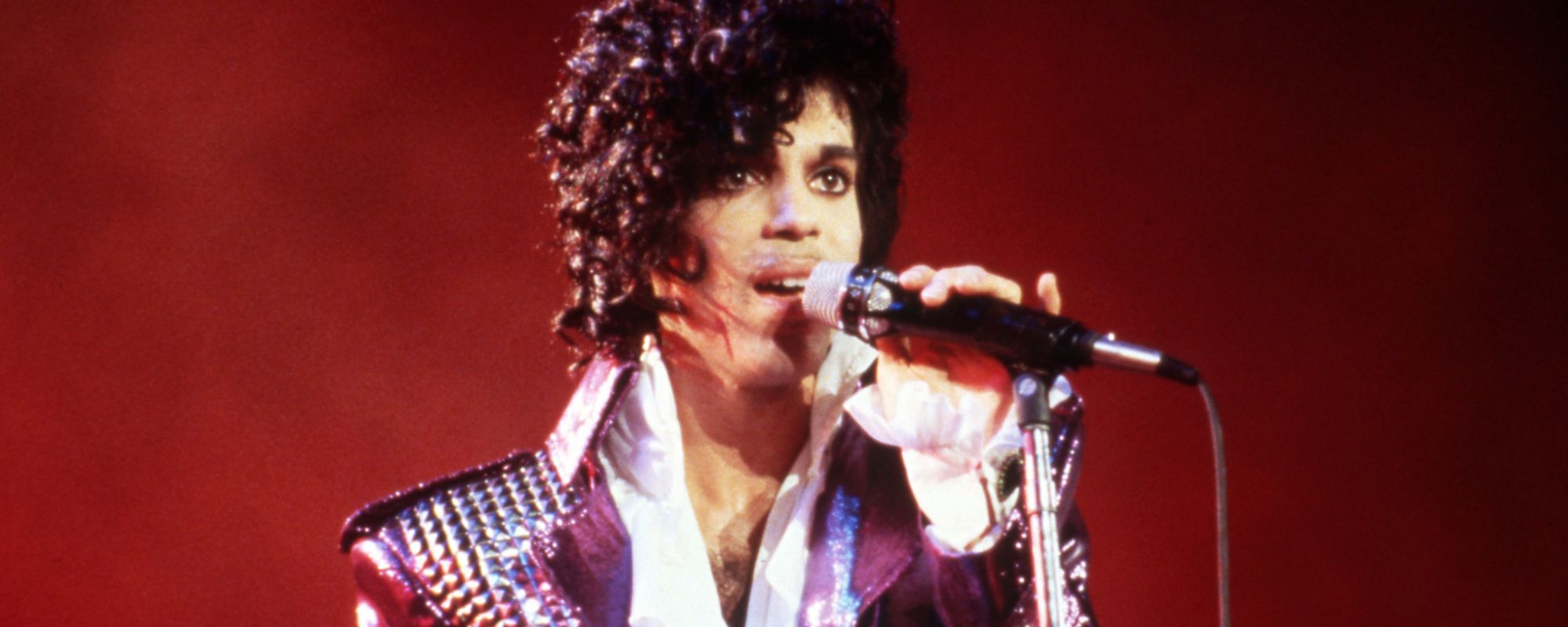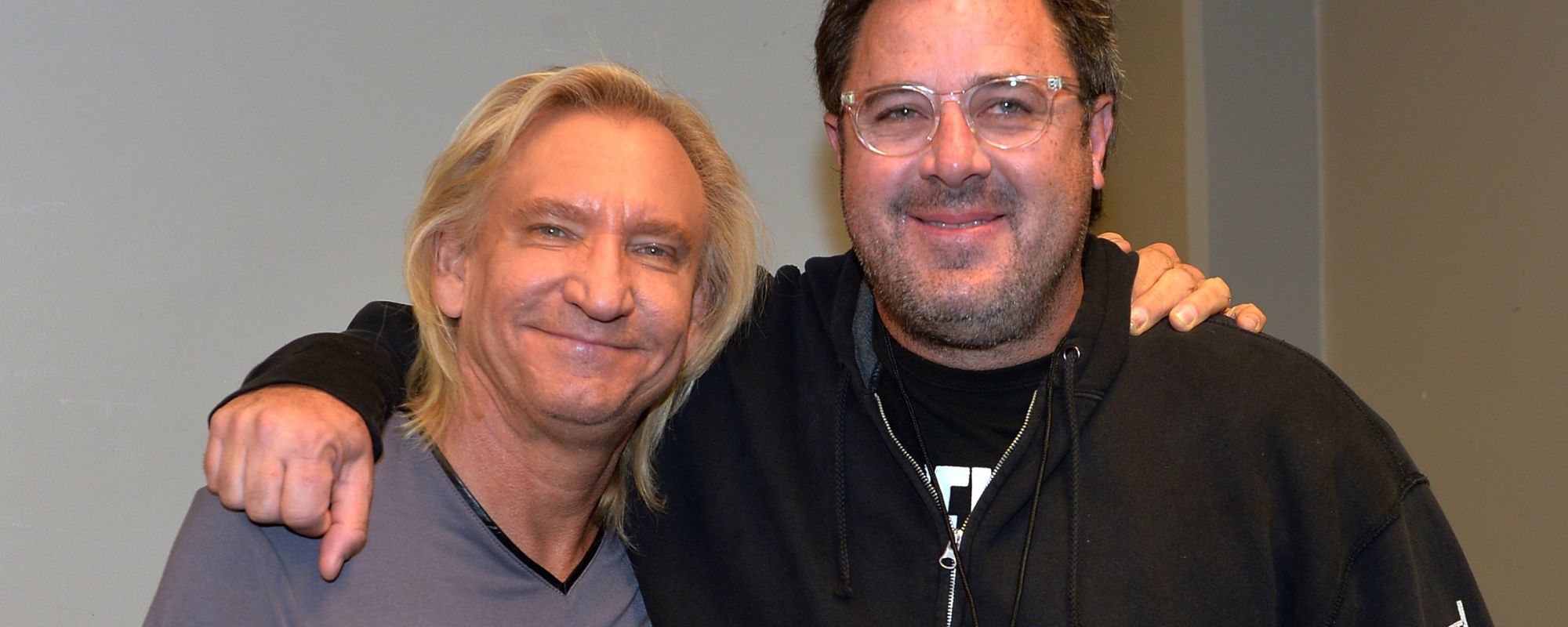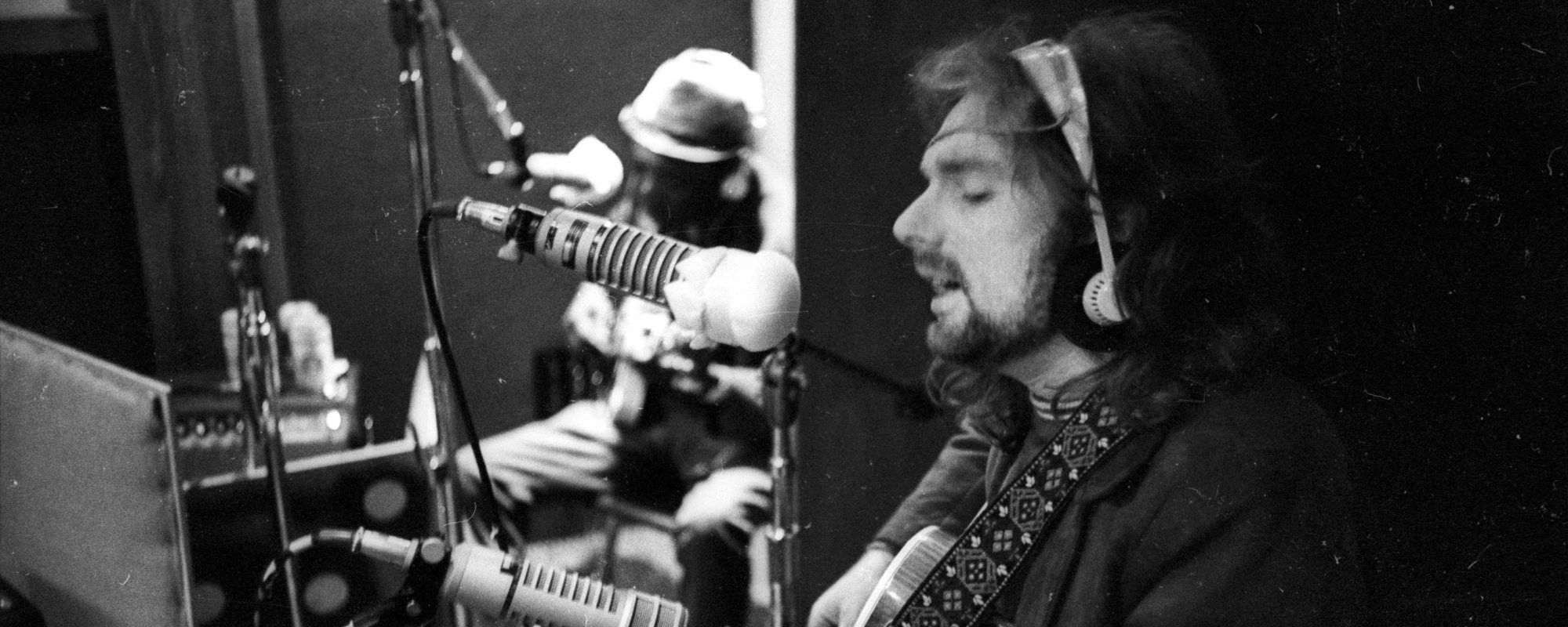Rage Against the Machine and the superlative “quietest” aren’t exactly two concepts that go together easily, but on July 19, 1993, that’s exactly the kind of performance the funk metal band delivered to a Philadelphia crowd as part of Lollapalooza. (This was pre-Chicago residency, which began in 2005, which meant Lollapalooza was still a star-studded, traveling road show.)
Videos by American Songwriter
For Rage Against the Machine, Lollapalooza 1993 was also their debut at the festival. They had just 15 minutes to win over the crowd, and facing a logistical nightmare that would make most singers squirm with anxiety, the band decided to pull off the most memorable set of the day. Half in protest, half out of necessity.
Rage Against the Machine Performs Lollapalooza 1993
Rage Against the Machine’s self-titled debut had only been out for a matter of months by the time the band was preparing to take the stage at Lollapalooza 1993. While they might be a staple of the 1990s metal scene now, they were still very much in a position to win people over with music most of the crowd hadn’t heard before. Having a set—even a 15-minute set—at the massive, traveling festival was no small feat for the band. The only problem, of course, was that the band’s singer-slash-rapper, Zack de la Rocha, had a terrible case of laryngitis.
Rocha losing his voice couldn’t have come at a worse time. Not wanting to cancel their career-boosting set or use a different singer, the band had to come up with a different idea. “We were on the main stage, and we were the first band on,” bassist Tim Commerford later recalled. “It was right when people started to know and like us in America. This was our big moment. And it was back when Tipper Gore, Al Gore’s wife, had just started the [Parents Music Resource Center] to spearhead the Parental Advisory stickers that they, to this day, put on records. We were against that; we thought it sucked. We were like, ‘We shouldn’t play this show; we should protest it.”
Their form of protest involved walking out on stage completely naked, save for a big rectangle of black electrical tape over their mouths. They set their guitars up against their amps and allowed them to feed back before turning to the audience and standing in a line. Each musician had a “P,” “M,” “R,” or “C” painted on their chest. They stood there for 15 minutes, the duration of their set, on the festival’s main stage.
A Clever Save and Long-Lasting Impression
If Rage Against the Machine had opted to continue their set like normal with a sick frontman, they risked ruining their chance at making a strong first impression with Lollapalooza attendees. They ran the same risk by using a different singer, who, even if they performed the parts perfectly, wouldn’t have been a true representation of the actual lineup and who still could have messed with the on-stage chemistry of the band, even inadvertently. By opting for a silent protest, they created a situation of which Zack de la Rocha could still be a part.
The protest also set the stage for similar performances in the future. Three years after Rage Against the Machine performed the quietest, most naked set at Lollapalooza 1993, they attempted to use their Saturday Night Live appearance in 1996 as another opportunity for public activism. When show producers saw that the band draped upside-down U.S. flags over their amps, they removed the flags, cut the performance from the live show, and kicked them off the set.
“SNL censored Rage, period,” guitarist Tom Morello later said. “They could not have sucked up to the billionaire more. The thing that’s ironic is SNL is supposedly this cutting-edge show. But they proved they’re bootlickers to their corporate masters when it comes down to it. They’re cowards.”
Photo by Gie Knaeps/Getty Images








Leave a Reply
Only members can comment. Become a member. Already a member? Log in.